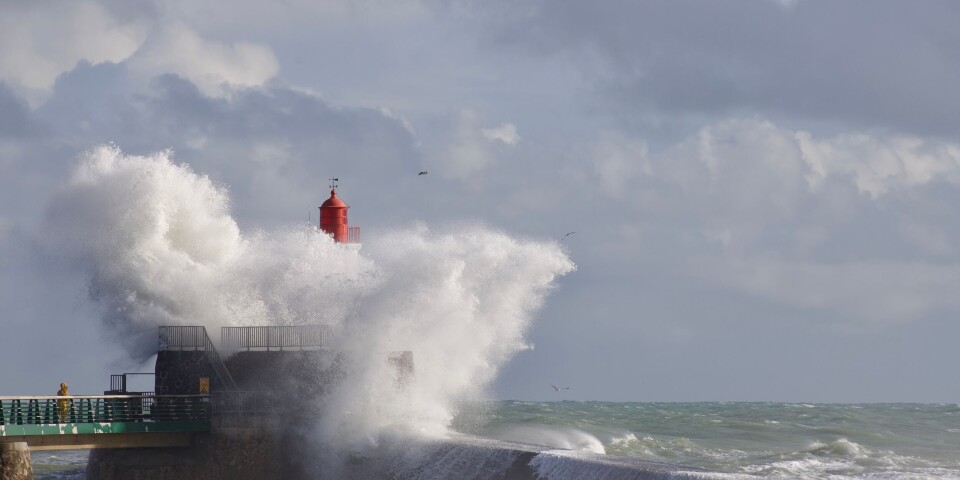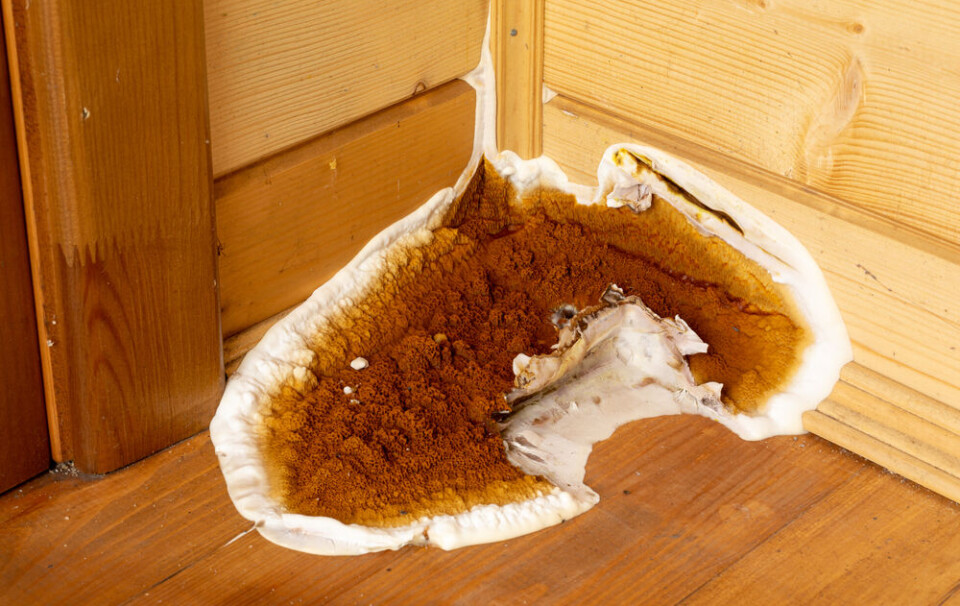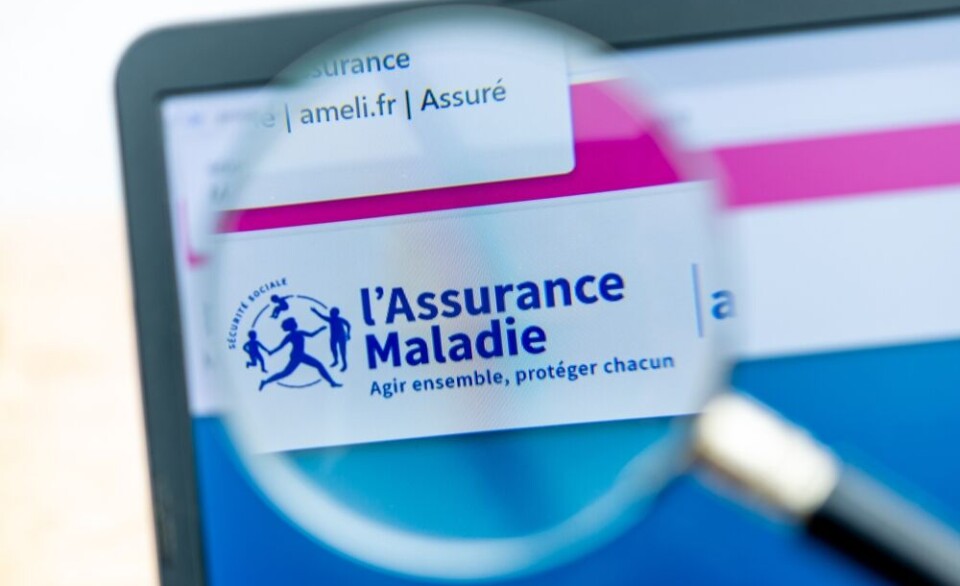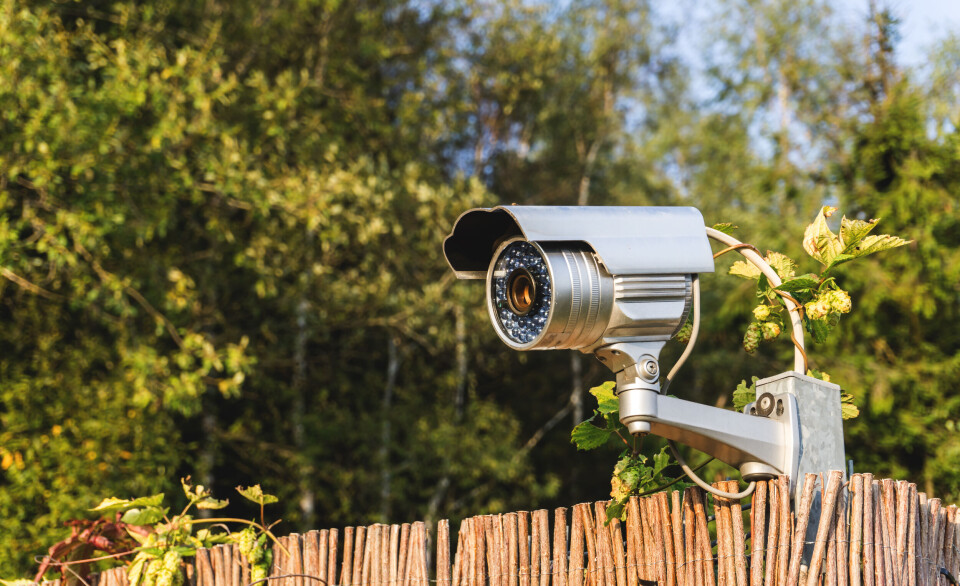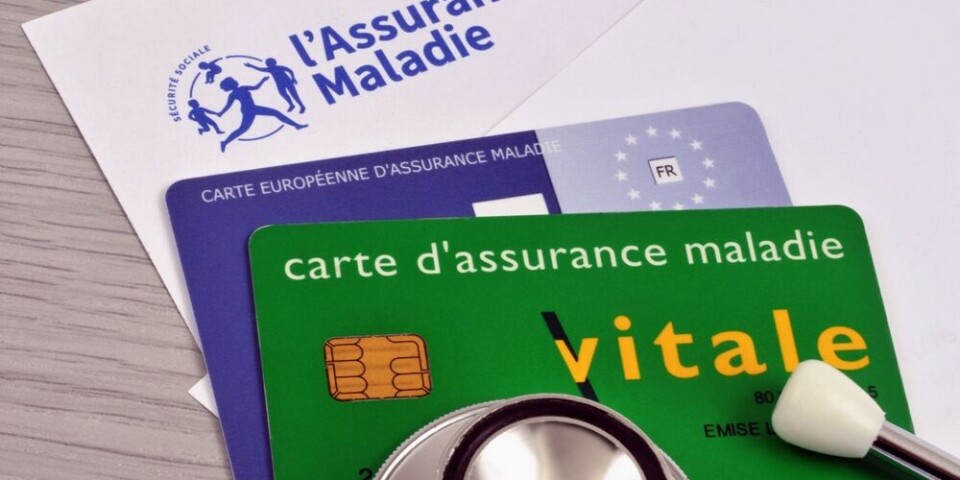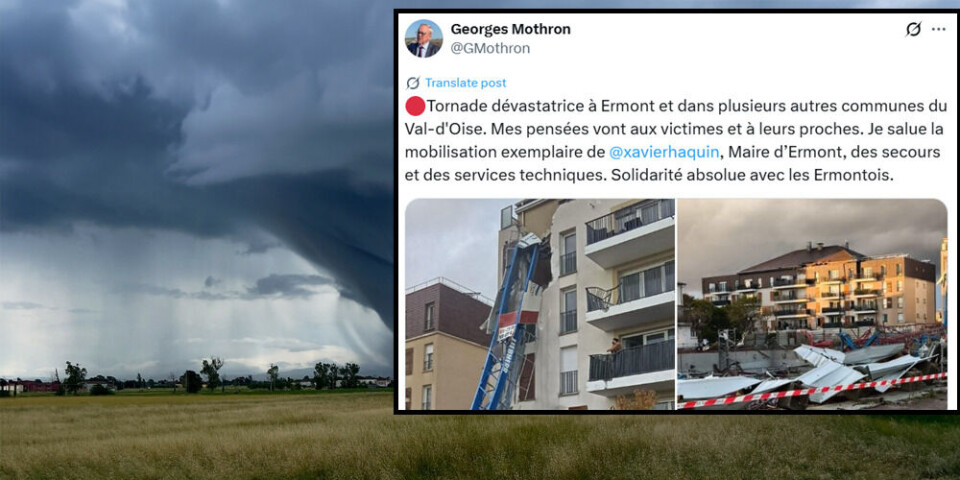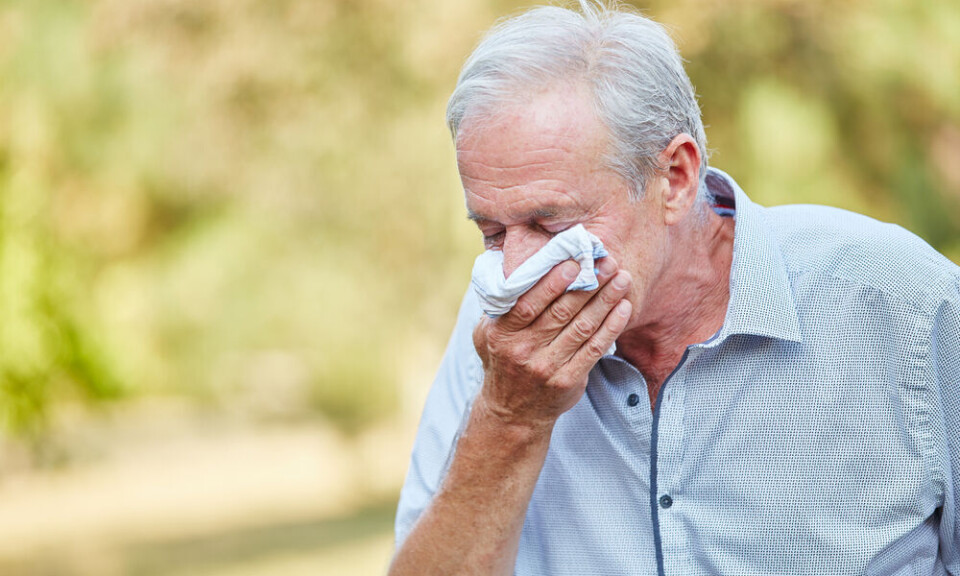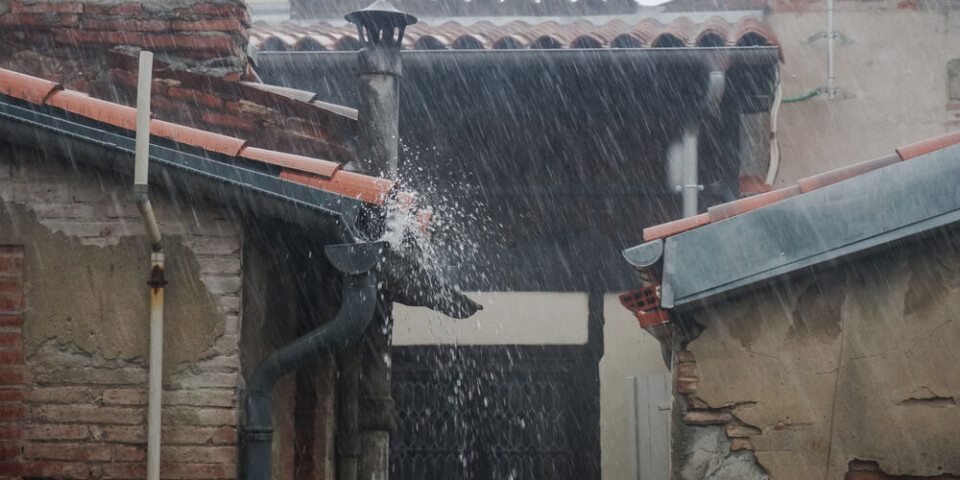-
Two thirds of people in France polled say they struggle with online admin
The problem has worsened in the past 10 years as more and more services ‘go digital’, finds study
-
Winter tyre rules mandatory in French mountain areas from November
See which departments require the tyres and which only partially apply the law
-
Storm alert: winds up to 130 km/h to hit France
Heavy rain and high waves will touch the north and west of the country
French man rushed to hospital after Black Widow bite
A man in southern France who was bitten by a Mediterranean Black Widow spider - one of the country’s most dangerous arachnids - was rushed to hospital with blood poisoning after friends stepped in.

The man, named Thierry, lives in Sainte-Marie-la-Mer in the Pyrénées-Orientales (Occitanie). He was bitten by the spider at home one week ago.
Speaking to local newspaper l'Indépendant, he explained: “I was eating dinner at home on Friday night, when I felt a sharp bite on my tibia. I had just enough time to see that it was a spider, but I wasn’t too worried. I disinfected the bite, and didn’t do anything else.”
But during the night, he was woken up by pain and fever. His leg had become swollen, and his temperature had risen to 39.7°C. He then took a painkiller, and believed it would pass.
The next day, the man went to meet friends, but his condition continued to decline. On Sunday, his friends called him, but he did not answer. He said: “I was so weak that I didn’t hear their calls.”
Worried, the friends called emergency services, who attended Thierry’s home and urgently rushed him to hospital.
Doctors administered a “shock” antibiotic treatment after finding that the bite had infected Thierry’s blood, and would have continued to do serious damage without treatment.
After 48 hours, the swelling and pain began to subside.
Thierry then returned home, but believed the spider was still in his house. After searching, he eventually found it in a rolled-up carpet in his living room. He took a photo, and, after looking online, found that it was a Mediterranean Black Widow.
Not wanting to risk another bite, he then killed the spider.
The Mediterranean Black Widow (latrodectus tredecimguttatus) is one of the most dangerous - if not the most dangerous - spiders found in France.
Also known as the European Black Widow, it can measure between 7 and 15 mm, and is part of the same family as the deadly North American "Black Widow" (the latrodectus genus), found in the US.
It is black, with thirteen yellow or red-orange spots on its back, and can be found near fields and crops, and areas with long grass.
Its bite is very painful, sometimes requires hospitalisation and is in very rare cases can be fatal.




